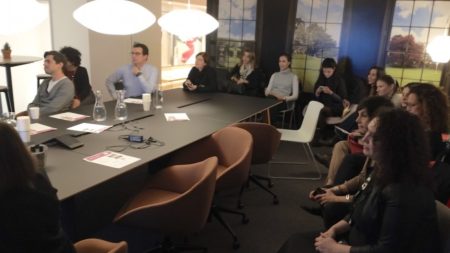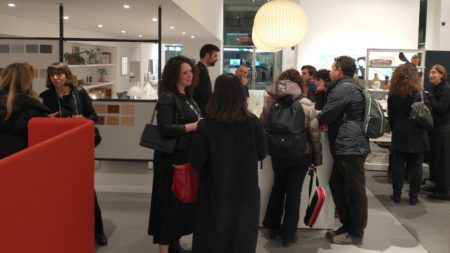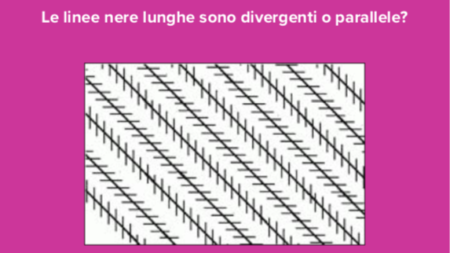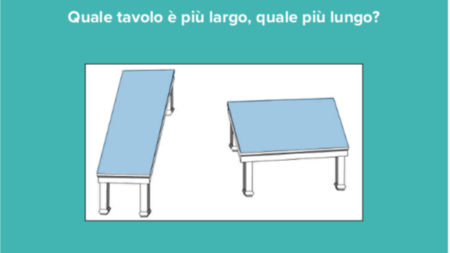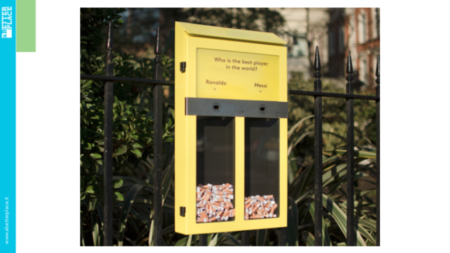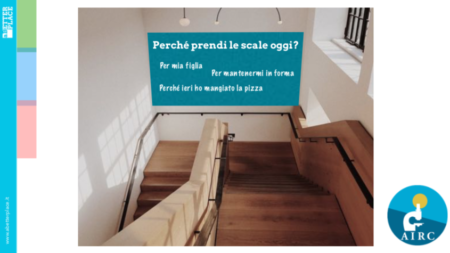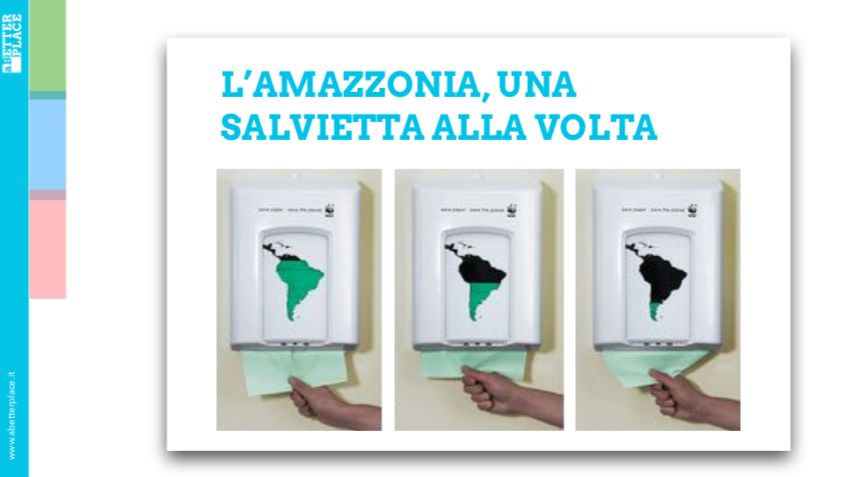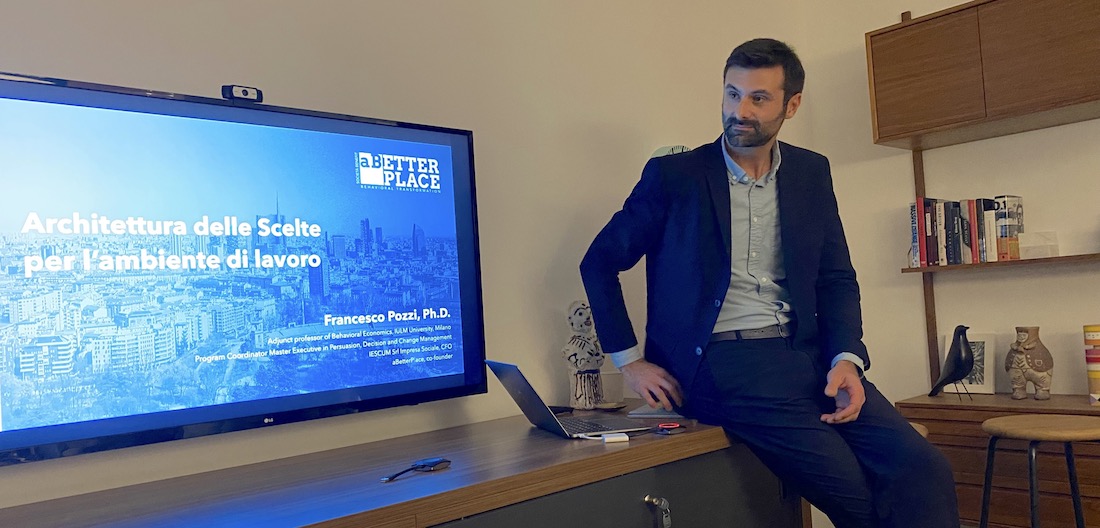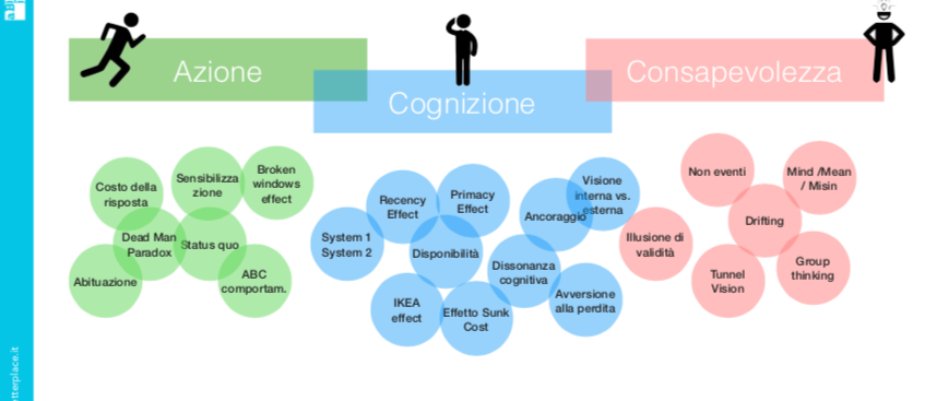
Prof Francesco Pozzi, co-founder of A Better Place and professor at the IULM University specializing in Choice Architecture, was the speaker of the meeting organized by WOD Italia (Women in Office Design) at the Herman Miller showroom in Milan.
He introduced the concept of neurosciences and explained how the application of behavioral sciences in companies, institutions and communities can help increase collective and individual wellbeing and promote positive change.
Neurosciences, which study the biological basis of the mind and behavior, are the recent discipline receiving the greatest number of Nobel Prizes in the last 20 years, however it is still little known and even less applied in designing living and working environments.
Within the Behavioral Sciences – which integrate the Neurosciences and study the interactions between the environment and the organism – Choice Architecture deals with studying impalpable and intangible elements such as the influences of the environment which become part of the perception during the decision-making processes underlying our actions.
Because our decisions – whether correct or wrong – derive from the constant interaction between the human factor and the context, where the human factor is the “known” element and the context the “variable”.
In many cases this interaction can generate “bias”. We also know that our sense organs often fail us (as demonstrated by the examples of parallel lines and tables of the same size), but it is interesting to understand that it is possible to use this “malfunction” to influence behaviors.
Among the many known biases, we have learned the ones that are most frequently repeated and that must be taken into account for any project involving human beings (architecture, public projects, marketing, etc.).
There are essentially three categories of bias: “errors” can in fact manifest themselves in actions, cognition and awareness.
Therefore, every project must start from an analysis of the existing situation and the possible obstacles that could emerge in these three areas.
Why do biases occur? Do we really know what the boundary of our brain is?
The study of the nervous system cannot be limited to our perceptive field and to what interests our senses because it can also be strongly influenced by distant phenomena, well beyond the environment that surrounds us.
Humans, in their nature and most instinctive reactions, cannot be changed, but it is possible to act on the context to try to optimize people’s behavior and make different areas work better.
Prof Pozzi’s speech illustrated de-biasing techniques (for example mindfulness, a tool for recreating awareness and reconnecting with the present moment) and nudging to encourage certain choices in a gentle way. Biophilia may also play an important role in creating environments that reduce stress and avoid bias.
Among the many examples of Choice Architecture: gamification aimed at not throwing cigarette butts on the floor or at encouraging the use of stairs or encouraging physical movement when sitting at a desk or at raising awareness environmental impact that our daily habits, such as the use of paper towels, can have.
So the nudge not only triggers concrete satisfactions, but can also activate the value component that represents the main meaning of our daily actions and the most important lever for the creation of a Better Place.
Text by Renata Sias
Images copyright A Better Place

